Maisie Skidmore
Maisie Skidmore is a freelance writer, editor and editorial consultant. She specialises in fashion and art, and their intersection in contemporary culture. Currently the editor of Noon, a biannual magazine concerned with art and commerce, Maisie was previously digital editor at AnOther Magazine and assistant editor at It’s Nice That. She’s based in London.
Photographs by Christopher Eyles
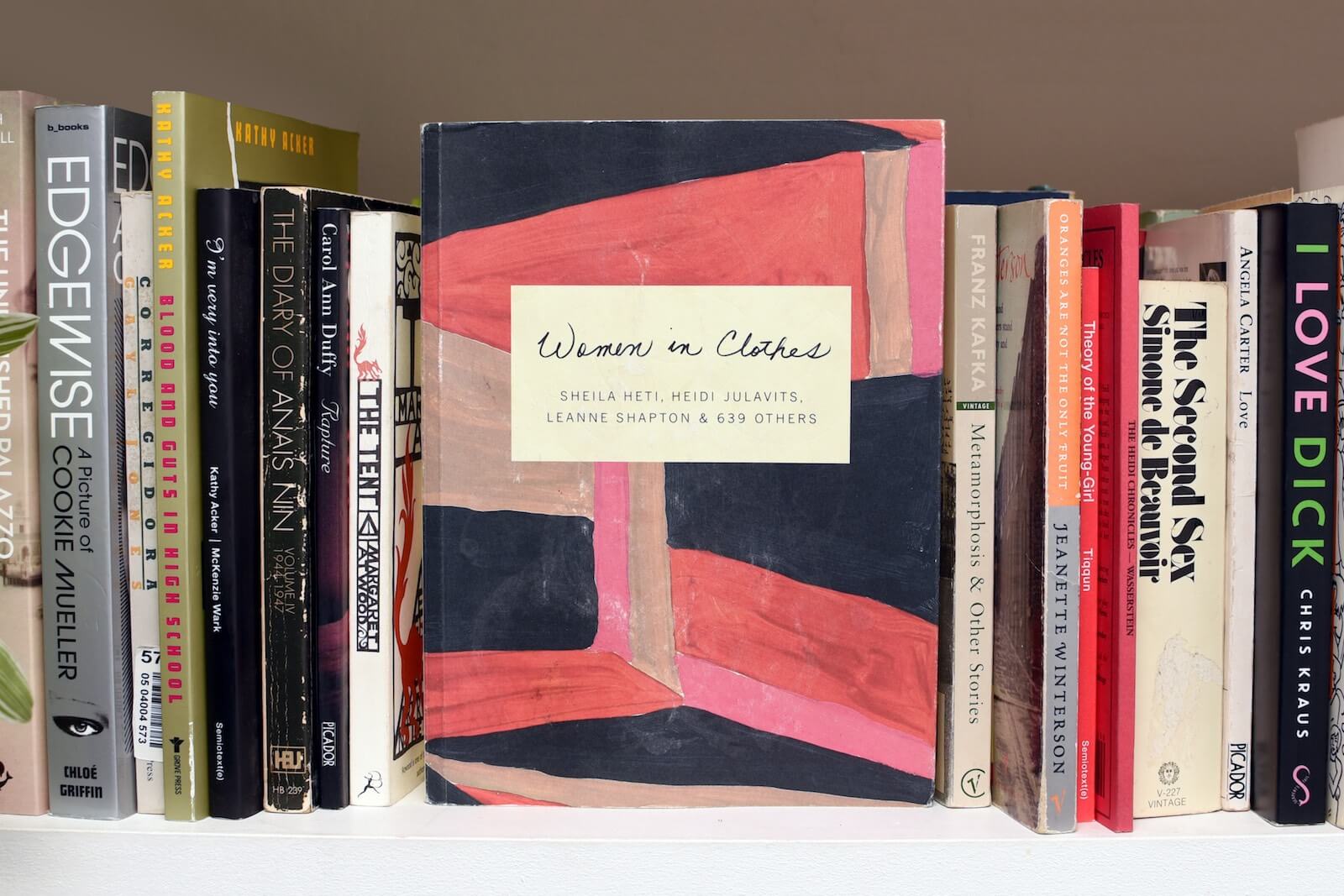
Women in Clothes – Sheila Heti, Heidi Julavits and Leanne Shapton, Penguin Random House
This book, by writers Sheila Heti and Heidi Julavits and artist Leanne Shapton (a triumvirate of brilliant women!) crystallises everything that I love about style; it’s an incredible collection of pictures and essays and answers and notes, derived in part from a survey they sent to more than 600 women. If you pick it up and turn to a random page, you might come across a group of women reflecting on photographs of their mothers; or tips for grooming in public without a mirror or a phone from artist Rachel Perry Welty; or a photo-collages of a woman’s collection of earplugs, or gum packets, or knitted hats, or Peter Pan-collared shirts; or a transcribed recording of musician Helen King at a bra fitting. It’s a once very intimate and incredibly universal. This is my second copy – I lent the first to my friend Hannah, who’s also a writer, and wanted so much for her to love it that I bought a new one rather than ask for it back. I wish, wish that I had written it. Though I’m not sure that’s a thing you should admit to.
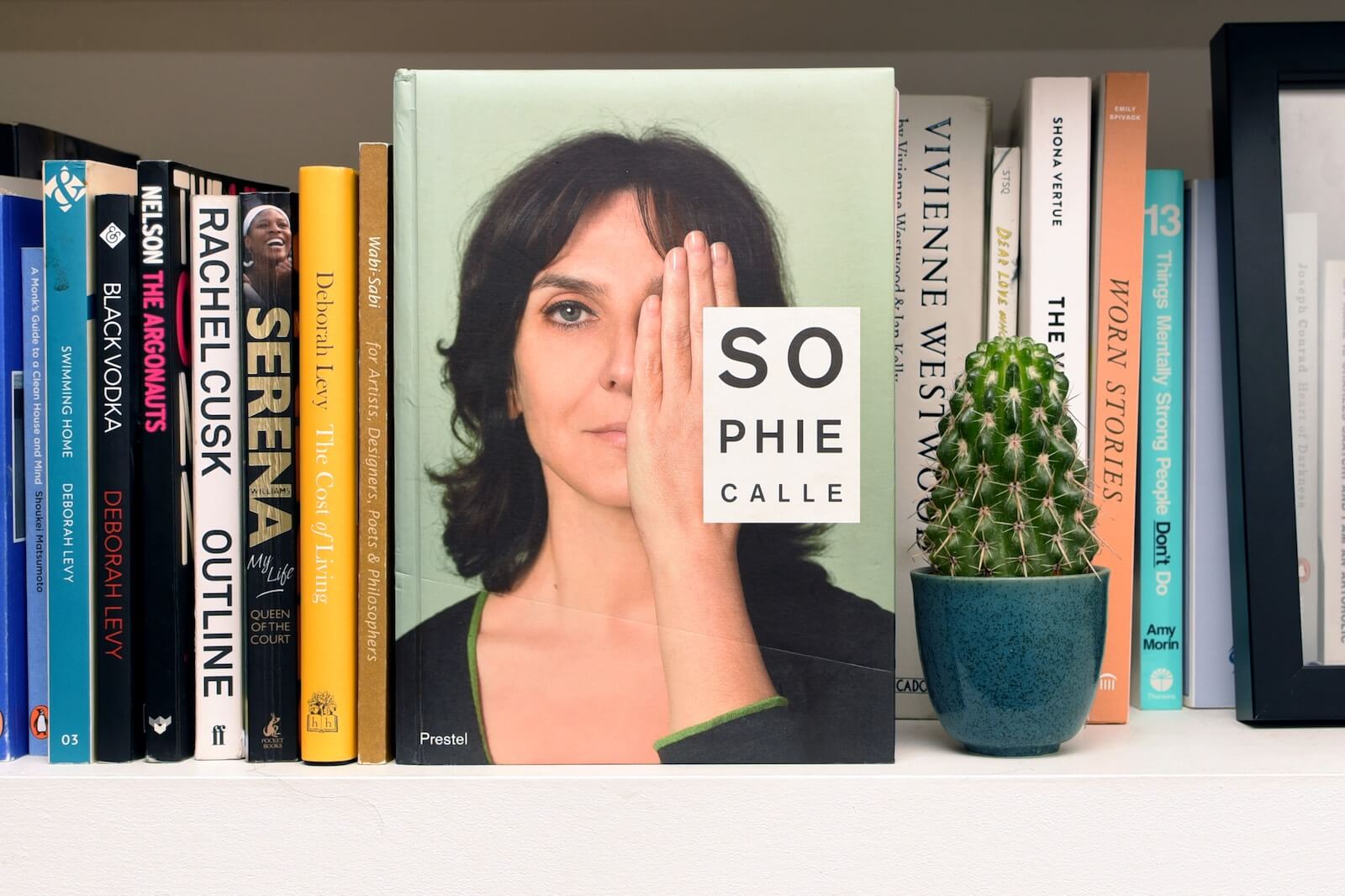
M’as-tu vue – Sophie Calle, Centre Pompidou
I first found out about Sophie Calle on a school trip to the Tate Modern, and I immediately set about developing an obsession with her. It was around the same time that I started buying Dazed & Confused and i-D on the way home from school and parading around with them, determined to show everyone I knew that I was ‘different’. I asked for this book (and Mario Testino’s Let Me In) for Christmas not long afterwards. I love her as much now as I did then – especially how effortlessly telling stories becomes an artform in her work. She has been top of the list of my dream interviewees ever since I started writing and I finally did a few months ago – over email, after my flights to see her new show were cancelled at the last minute and she refused point-blank to get on the phone with me. She sent a couple of one-line answers, oozing with disdain and impatience. I was very proud nonetheless. In hindsight I’m not sure I was ready for her yet.
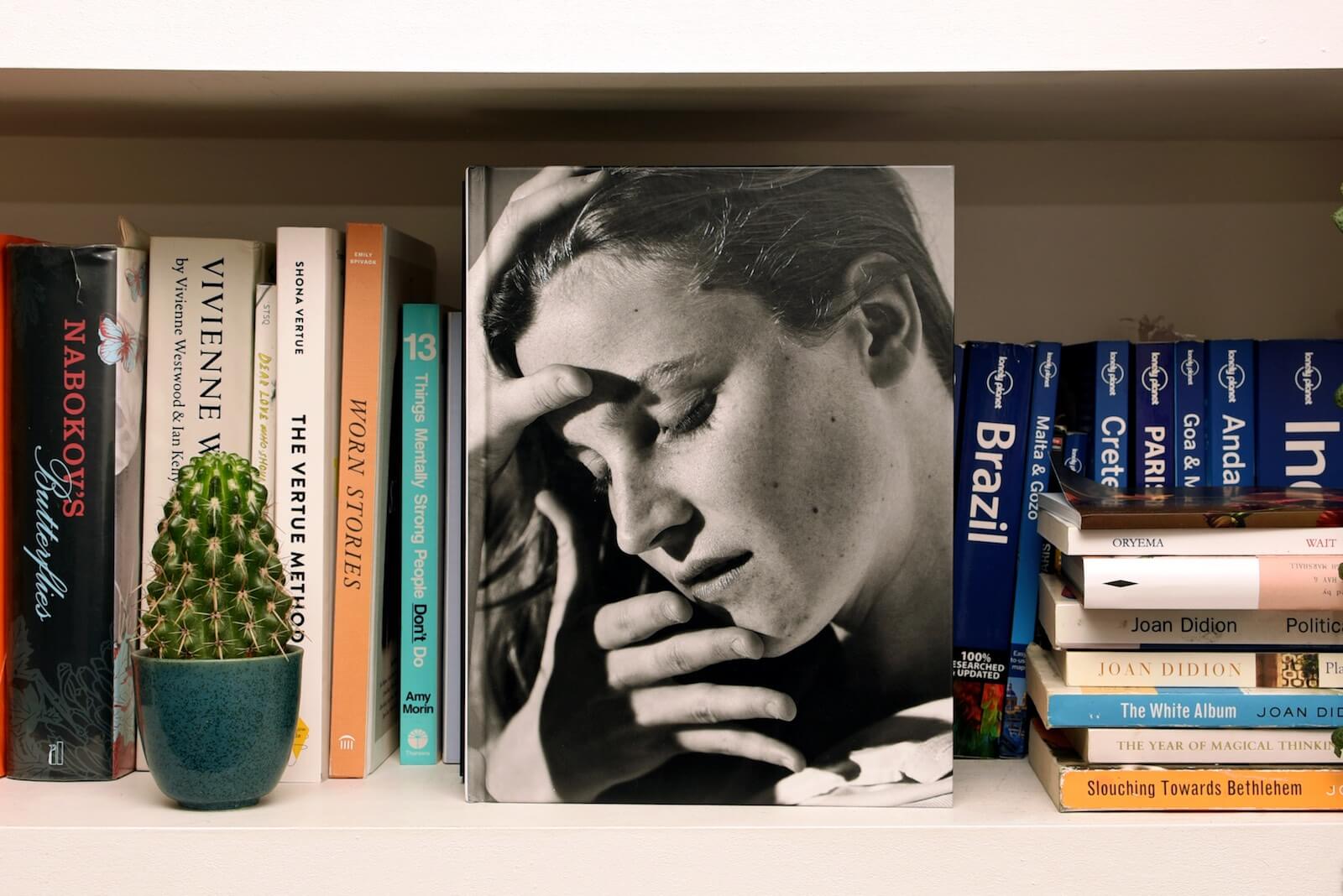
Rayon Vert – Senta Simond, Kominek
Working on a digital platform like AnOther you become very attuned to the tropes that people respond to online: cats, Cher and Modernist furniture design being three favourites. Senta Simond is a young photographer making work which ostensibly fits the mould for what people go for – beautiful women, partially nude – but when you look closely this project far, far exceeds those boundaries. Senta spent ten years photographing her friends, and friends of friends, and the power of their relationships is almost tangible in these photographs. It’s like they fizz with the laughter and awkwardness and rapport that you build up with your loved ones over time. The longer you look at them, the more you see, and that’s what makes me love them so much I think. I really enjoy interviewing photographers about their work, and this series has been one of my favourites ever to write about, so I was overjoyed when Senta offered me the book to say thank you. If I get to write one piece about a project like this every year, I will be happy.

A Room of One’s Own – Virginia Woolf, Penguin
I read a lot of Virginia Woolf while I was studying English (at King’s in London which, incidentally, is a school she attended too. She took evening classes in German, Greek, Latin and History at the embarrassingly named ‘Ladies’s Department’ – all the education she was permitted as a young woman at the turn of the 19th century). A Room of One’s Own is my favourite thing by her; it’s witty and seemingly quite gentle in its delivery, but the subject matter is so brutal that it was impossible for contemporary audiences to ignore. It’s made up of two lectures she gave in Cambridge in 1928, and in it she makes the case that women have been systematically excluded from the literary tradition, regardless of their potential talent, by the conditions patriarchal society subjects them to – whether poverty, or forcing them to spend their lives looking after husbands or children. The central character is William Shakespeare’s fictional poet sister, Judith. It was first published 90 years ago, and is criminally misquoted and decontextualised everywhere now – the worst I’ve seen is on M&S tote bags – but it’s still a powerful (and sadly very relevant) reminder of how important it is to protect the space, whether literal or figurative, that you need to produce creative work.
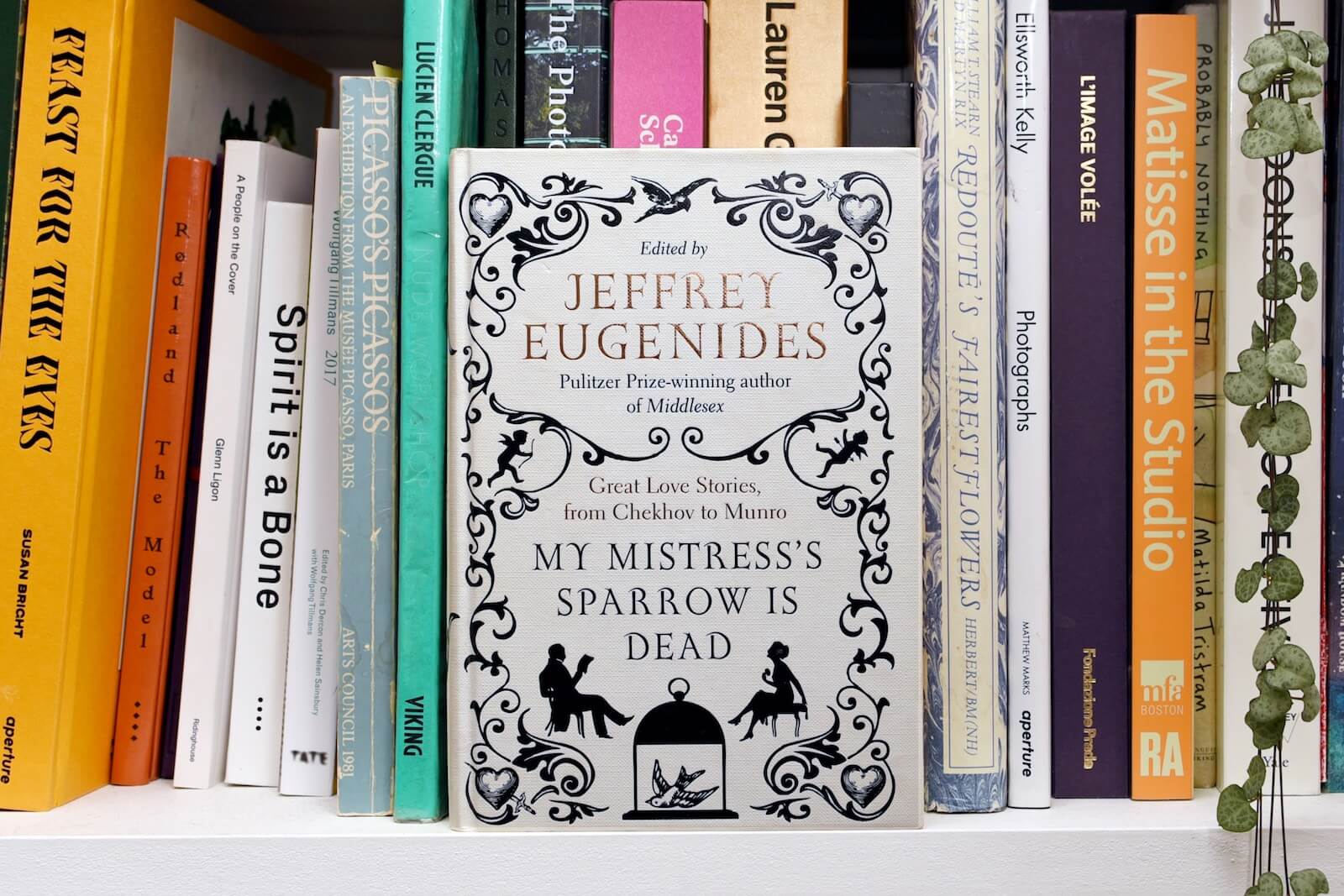
My Mistress’s Sparrow is Dead – Jeffrey Eugenides, Harper Collins
I love short stories, and especially the ones that stay with you for months, years after you read them. This anthology, compiled by Jeffrey Eugenides (who wrote The Virgin Suicides) brings together some of the most prolific and beloved short story writers in recent history – like Raymond Carver, Anton Chekhov, Guy de Maupassant – with other contemporary writers like Milan Kundera, Miranda July and George Saunders. The common theme is that they’re all writing about love, in its fleeting, platonic, bizarre, gory forms. I bought this book when I was a teenager, and long before I had a clue who most of those names were, with a book token that was in my grandfather’s wallet when he died, so it always felt like kind of a gift from him. It’s one of my most precious things now.
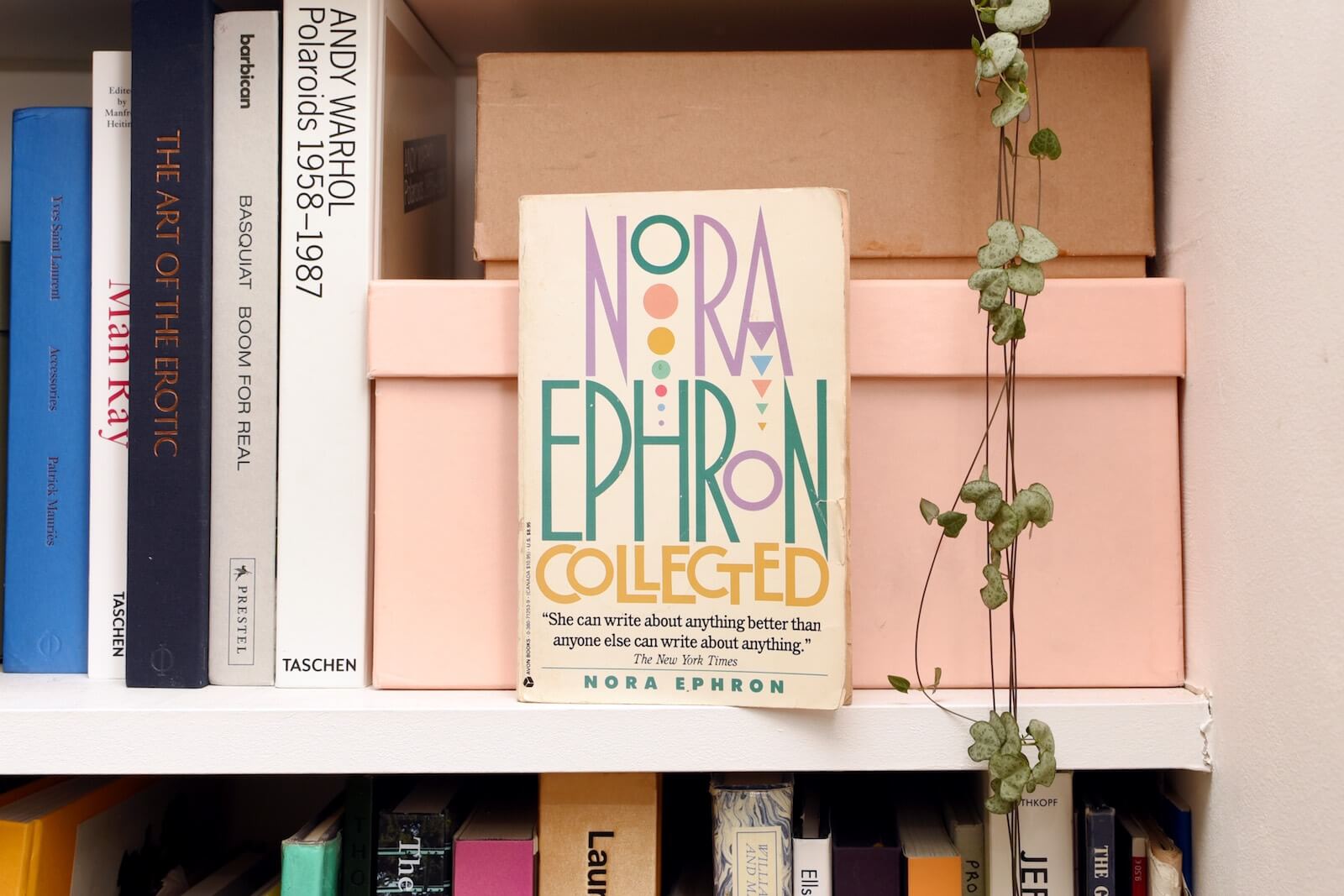
Nora Ephron Collected – Nora Ephron, Avon Books
My friend Liv gave me this book when she left It’s Nice That, which is the first job I had as a writer when I left uni. It was such a funny, fruitful, ridiculous time, in hindsight, and I learned so much, so quickly. This is a nice reminder of all of that. And what a gift! Nora Ephron is a force! She takes heartbreak and cooking and beauty and writes about them, along with other much more weighty subjects, with such an incisive humour. And I firmly believe that When Harry Met Sally is one of the greatest masterpieces of all time, so.
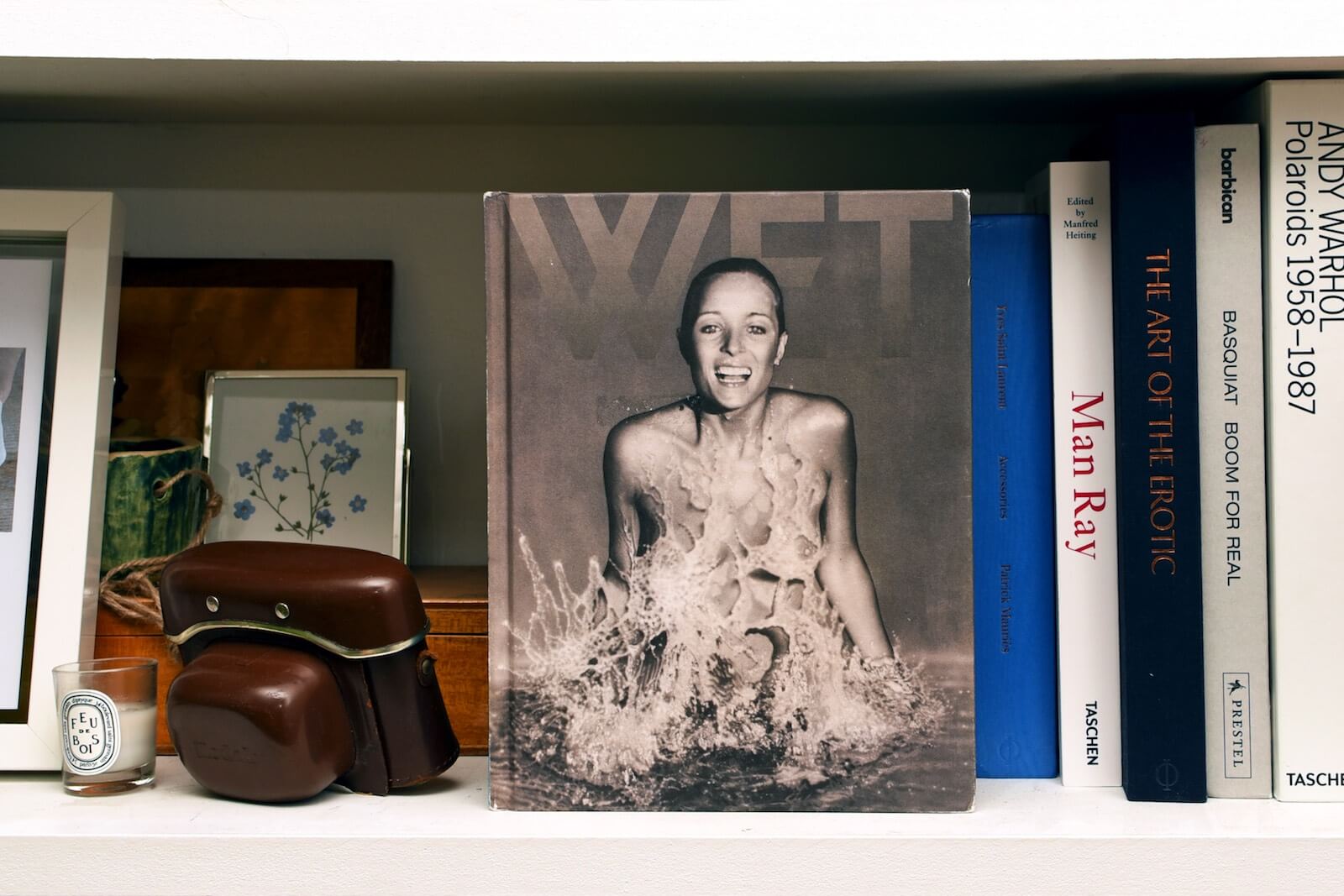
Making WET: The Magazine of Gourmet Bathing – Leonard Koren, Imperfect Publishing
This book is a compilation of the very best of WET: The Magazine of Gourmet Bathing, which was established in 1976 in California by Leonard Koren, and published 34 issues before it eventually closed in 1981. Koren had been studying architecture at the time, and he became obsessed by bathrooms which, to his mind, were a kind of enclosed space providing everything necessary for transcendental experience. He started making art about his friends bathing, and then, to thank them for their generosity in modelling for free, held a huge party in a local bathhouse. When this event drew the finest of the art crowd and a huge amount of press, he had the idea to make a magazine all about gourmet bathing. What an idea! Pure genius. Really though, it serves as a testament to the fact that you can make a magazine about anything, if you have enough belief in your ideas, and friends who do too – which is a powerful idea to keep in mind if you work in magazines today. Whatever your thing is, it’s somebody else’s thing too. As soon as I work out what my thing is, I’ll be following in Koren’s wet footsteps.
Rocket Science has been featuring the best in contemporary photography since 2016 through interviews, conversations, studio visits and essays by photographers, writers and artists. Your donation to Rocket Science directly supports new artistic content in the pages of Rocket Science and helps us pay our contributors fairly.
